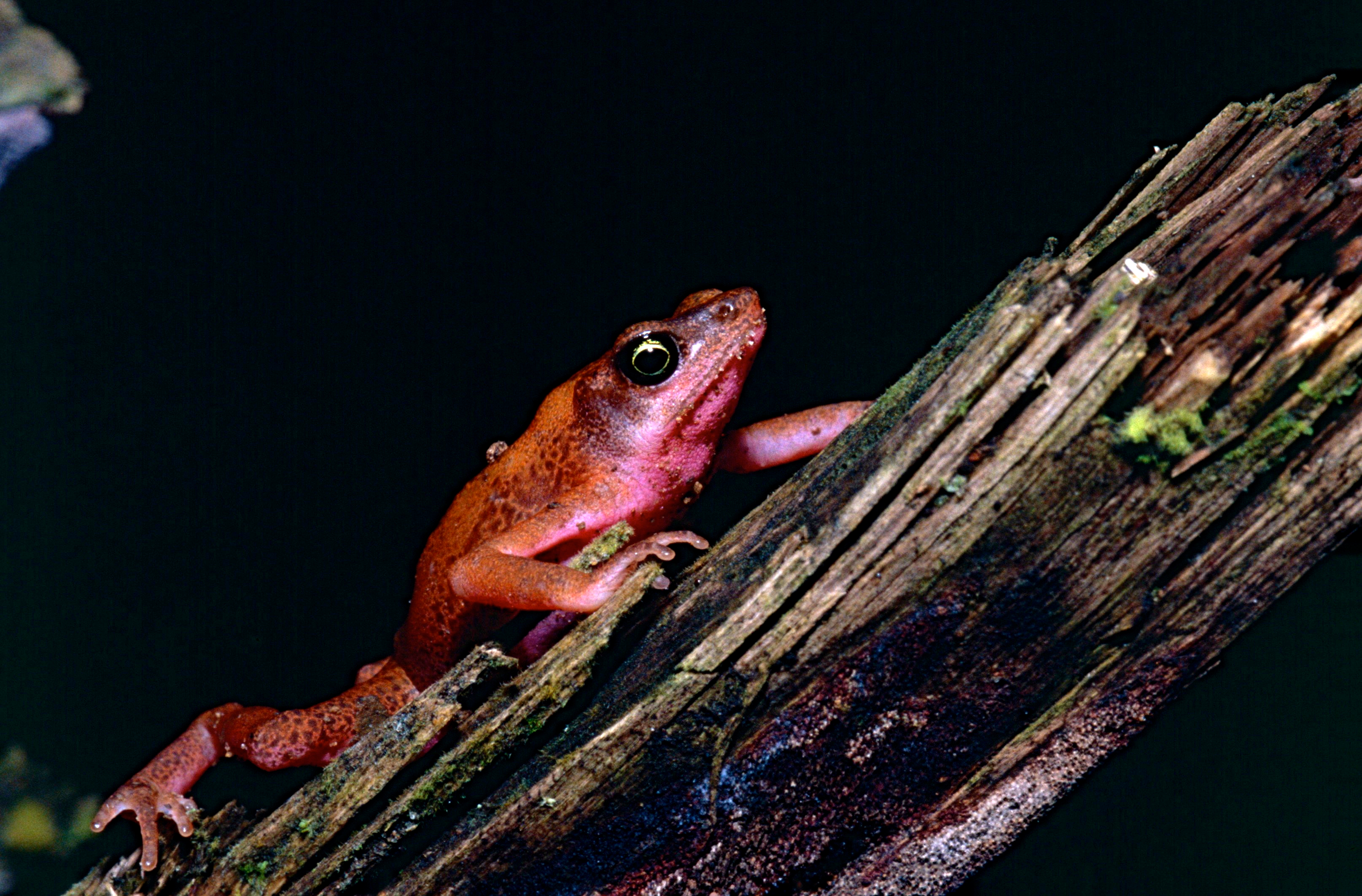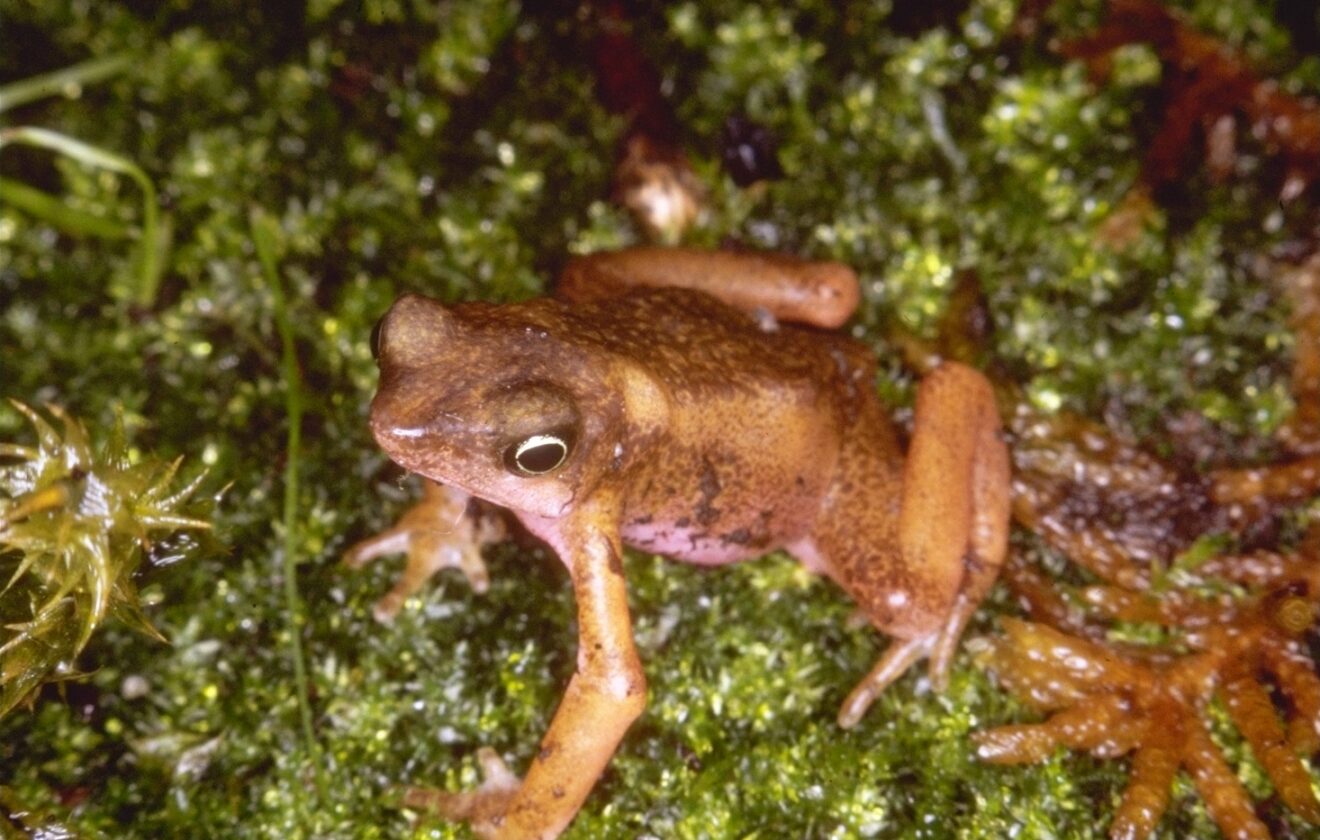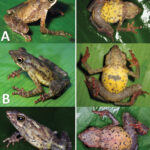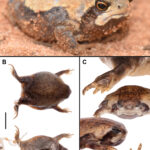- Introduction: Meet the Striking Atelopus flavescens
- Taxonomy and Classification
- Natural Habitat and Distribution
- Physical Characteristics and Adaptations
- Behavior and Life Cycle
- Ecological Role: A Vital Link in the Forest Ecosystem
- Threats and Conservation Status
- Cultural and Scientific Significance
- Conclusion: A Call to Conservation Action
Introduction: Meet the Striking Atelopus flavescens#
Deep within the lush tropical forests of South America’s vibrant ecosystems, a dazzling yet vulnerable species known as Atelopus flavescens, commonly called the Cayenne stubfoot toad or yellow harlequin toad, lends its brilliant colors and intriguing biology to the natural tapestry. With bright yellow hues standing in striking contrast against the verdant rainforest floor, this fascinating amphibian captivates the imagination of naturalists and conservationists alike. Yet, behind its beauty lies an important story of resilience, vulnerability, and ecological significance. Intriguingly, the genus Atelopus—to which our bright protagonist belongs—houses some of the world’s most endangered amphibians, making A. flavescens emblematic of conservation urgency and ecological awareness.
Taxonomy and Classification#
Atelopus flavescens is a distinguished member of the family Bufonidae, commonly referred to as “true toads.” Within this family, it belongs to the genus Atelopus, a group renowned for their striking colors and slender, elegant forms—far removed from the stereotyped image of dull-colored, bumpy-skinned toads. First scientifically described in 1841 by Duméril & Bibron, A. flavescens stands distinct among its peers due to its vibrant coloration, smaller size, and peculiarly smooth skin texture.
Within the genus Atelopus are over a hundred fascinating species, each harder to find and more remarkable than the last. Close relatives, such as Atelopus varius and Atelopus zeteki (the Panamanian golden frog), similarly face critical conservation concerns, revealing a broader group-wide crisis driven by habitat destruction and emergent amphibian diseases.
Natural Habitat and Distribution#
Atelopus flavescens calls the humid rainforests and riverine habitats of northeastern South America home, with notable populations historically documented in French Guiana and adjoining areas in Suriname and extreme northern Brazil. Preferring moist and pristine jungle ecosystems near clean, fast-flowing streams and rivers, these amphibians have evolved specifically to thrive in conditions marked by high humidity, limited temperature variability, and abundant canopy cover.
The rainforest floor, dappled with specks of sunlight filtering through layers of lush foliage, provides them with protective shelter amid dense undergrowth. Moss-covered rocks, thick leaf litter, and damp logs form their everyday environment, suitable refuges from predators and harsh climatic stressors. The very life force of their habitat is reflected in the crisp watercourses weaving through the jungle, providing essential moisture and breeding grounds necessary for the continuation of their delicate lifecycle.
Physical Characteristics and Adaptations#
While relatively small, generally measuring between 2 to 4 centimeters in length, Atelopus flavescens boldly advertises its presence to potential predators with its bright coloration. Its striking yellow hue—ranging from rich, golden tones to pale lemon shades—is frequently punctuated by subtle dark markings along its slender limbs and upper torso, creating a distinctive harlequin-like pattern that inspires its common names. Sparse, streamlined, and adorned with remarkably smooth, moist skin as opposed to the rough, warty texture typical of most other toads, their delicate appearance belies their biological resilience and adaptability.
This bold coloration is no mere chance of genetics but represents an evolutionary adaptation known as aposematism—an intentional warning to would-be predators. Vigilance is rewarded, as hidden beneath their vibrant exterior lies the presence of potent neurotoxins in their skin, toxins sufficient to ward off most vertebrate predators. Thus, the Cayenne stubfoot toad strikes a fascinating balance between allure and lethal caution, rendering it both prominent within its ecosystem and intriguingly unapproachable.
Behavior and Life Cycle#
Feeding and Daily Activities#
Atelopus flavescens is largely diurnal, spending daylight hours actively foraging among leaf litter and vegetation debris for insects and other small arthropods. Ants, beetles, and small spiders constitute a significant portion of their diet, each prey item efficiently hunted and swallowed whole, supporting their energetic yet cautious lifestyle on the damp forest floor.
Breeding and Reproduction#
The onset of the rainy season brings dramatic behavior changes—mating rituals and deposition of eggs into freshwater habitats are triggered as rivers and streams swell from rain torrents. Male frogs are known to congregate near stream banks and establish temporary territories to entice potential mates, serenading females with soft yet distinct vocalizations that echo gently across the rippling waters. Although not loud as many tree frogs’ choruses, this mellow call is precisely adapted for the closer-ranged signaling necessary in their densely vegetated, moisture-rich environment.
Female Cayenne stubfoot toads diligently select ideal submerged surfaces—typically large rocks or debris—for laying clusters of gelatinous eggs, ensuring protection from currents and predators. Tadpoles, once hatched, are streamlined and adapted specifically to swift-moving waters. With well-developed adhesive mouths, these tadpoles cling to surfaces against strong currents, safely grazing algae as they mature until ultimately undergoing metamorphosis, eventually emerging onto land as juvenile froglets and completing their remarkable transformation.
Ecological Role: A Vital Link in the Forest Ecosystem#
Each species holds an intrinsic role within an ecosystem, but Atelopus flavescens in particular occupies a delicate nexus as both predator and prey. By controlling insect populations, their presence benefits vegetation health and reduces pests naturally. Meanwhile, their tadpoles perform essential cleaning duties by consuming aquatic algae, indirectly improving water quality for countless other riverine species.
Furthermore, their sensitivity to habitat changes and amphibian diseases makes them crucial bioindicators, alerting conservationists to early warnings of ecosystem degradation. Thus, protecting these frogs indirectly safeguards an entire web of interconnected ecological relationships and biological diversity.
Threats and Conservation Status#
Regrettably, the brilliance of Atelopus flavescens is increasingly threatened by human-induced environmental changes. While currently listed as Data Deficient (DD) in the IUCN Red List—owing partly to insufficient data and uncertainties surrounding distributions and populations—rapidly developing agricultural practices, deforestation, urbanization, and climate-induced shifts pose grave pressures to their populations. Perhaps most concerning is the fungal disease chytridiomycosis, a virulent infection that has decimated amphibian numbers across hemispheres. The genus Atelopus itself has borne the brunt of these fungal outbreaks, elevating fears that the Cayenne stubfoot toad may similarly be highly susceptible.
Nevertheless, conservationists, herpetologists, and communities within their natural range dedicate tireless efforts toward understanding population dynamics, protecting critical habitats, and establishing protective strategies. Concerted international collaboration fosters hope that this extraordinary amphibian might weather current crises and persist for future generations to admire and cherish.
Cultural and Scientific Significance#
Though small, Atelopus flavescens embodies significant symbolism. Indigenous communities within their range have long revered amphibians, appreciating them as environmental barometers and spiritual messengers embodying ecological harmony. Culturally, their presence or absence can indicate environmental balance or disruption—itself a powerful symbol urging responsibility and awareness.
Scientifically, studying their skin toxins has yielded fascinating discoveries, particularly in pharmacological research aimed at exploring potential therapeutic compounds. Thus, their preservation intertwines deeply not only with biodiversity preservation but human welfare and scientific progress.
Conclusion: A Call to Conservation Action#
Exquisite in color, critical in function, and profound in symbolism, the Cayenne stubfoot toad, Atelopus flavescens, stands as testament to nature’s complex interconnectedness and fragility. Its vibrant presence echoes a message far beyond its own survival—an unequivocal call for conservation action. Ultimately, safeguarding this tiny yet significant species depends on our collective commitment to preserving the untouched rainforests and pristine waterways upon which it unequivocally relies.
Let the remarkable story of Atelopus flavescens fuel your own curiosity and commitment—because every species, no matter how small, plays a monumental role in our shared planet’s ecological narrative.















